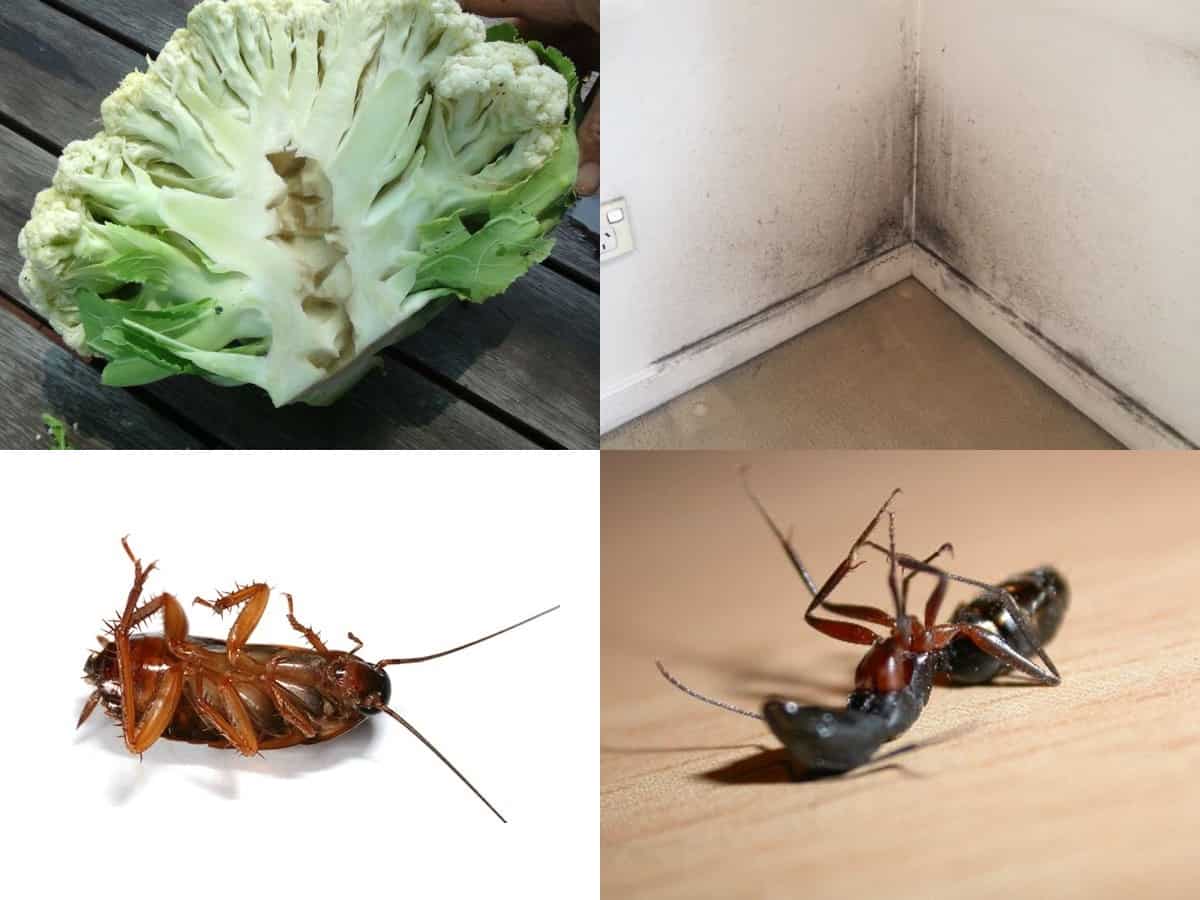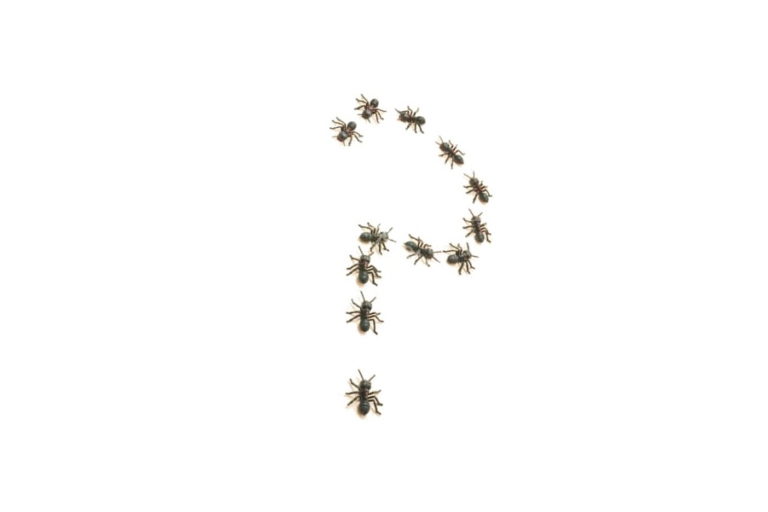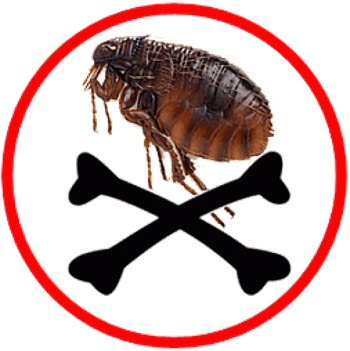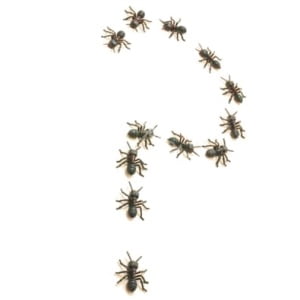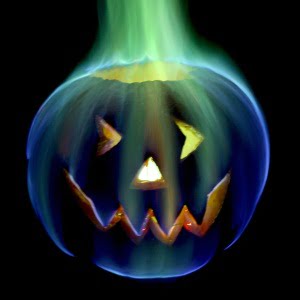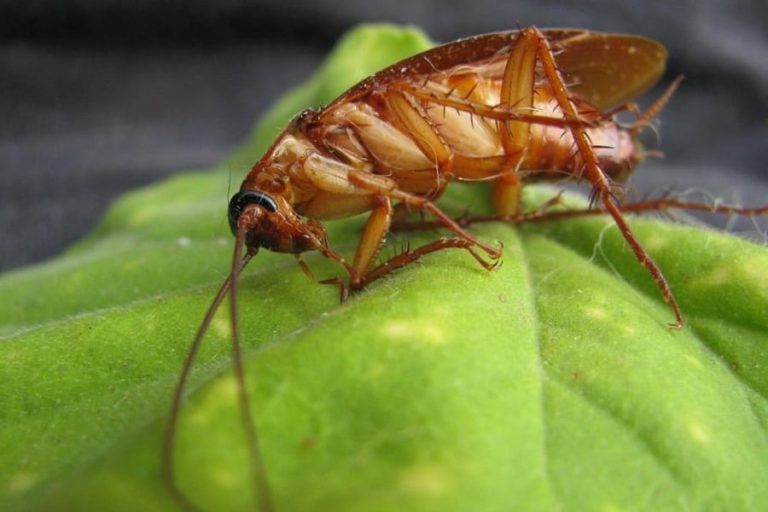Boric acid has been used to control a wide variety of pests such as ants, weevils, cockroaches and various types of beetles. It has also been used as a fungicide for citrus, a herbicide along rights-of-way, a fire retardant and a wood preservative.
When used as a herbicide, it causes desiccation and disrupts photosynthesis in plants.
When used as an insecticide, it acts as a stomach poison and is abrasive to the insect’s exoskeleton. It’s generally considered to be a safer alternative for humans compared to many insecticides.
Boric acid is also used in industry, with its main use being in the manufacturing of textile fibreglass. It is used to reinforce plastics in various products, such as boats, computer circuit boards and pipes.
Versatility
It is also quite a versatile ingredient. It can be prepared as a paste which acts as a bait by containing a food that the bugs are attracted to. It can be used in solution form or as a dry powder.
In paste or solution form, insects ingest the bait which in turn causes death.
In powder form, it can be injected into crevices and cracks to form a barely visible layer of dust. Bugs travel through this layer of dust which attaches to their legs. When the insects clean themselves, the poison is ingested, which causes death due to starvation and dehydration. This usually occurs within three to ten days.
The product will continue to work effectively as long as it doesn’t become wet. The prolonged presence of boric acid will mean that hatchlings from insects that lay eggs, which spraying usually spares, will also be exposed and die.
Boric acid is even used for various medicinal purposes such as being applied to abraded skin or as an eye wash. It is used as an antiseptic to provide relief from cuts and minor burns.
Cockroaches
The most common use of boric acid is in eradicating a cockroach infestation in your home. It works in two ways. The first is as a stomach poison; the second is by wearing out the waxy external coating on the cockroach and causing it to dehydrate.
Cockroaches multiply fast and can quickly become immune to poisons sold in the stores. They become less effective the longer you use them. Boric acid is odourless and tasteless, making it non-repellent and thus does not suffer from this problem. It doesn’t lose potency over time and cockroaches do not develop resistance to it.
The powdered version of boric acid works on cockroaches when they walk through it, causing it to stick to their feet. Cockroaches groom themselves like cats and in turn they ingest the powder. Soon enough their internal systems accumulate enough of it to kill them.
Find out more about how to kill cockroaches with boric acid.
Fleas
Boric acid is by far the most effective, safest, and most commonly used method for getting rid of fleas in your home. In fact, it is one of the main ingredients in most commercially available anti-flea products. It is highly effective in extremely small amounts and maintains its potency for a long period of time. It is also inexpensive which makes it a very attractive option, especially when compared to chemical sprays that need to be continually reapplied.
It controls fleas in the same way as cockroaches. It removes moisture from the flea’s body causing severe dehydration and eventually death. It’s odourless and is non-repellent to fleas which means they will continually return to the treated areas until they die.
Find out more about how to get rid of fleas with boric acid.
Ants
Ants are no match for boric acid. Bait variants work best to treat an ant infestation. The ants carry the bait back to the nest. There, the whole colony is exposed by consuming the bait. The boric acid seems to interfere with the ants’ metabolism, eventually causing their death.
Check out our guides which show you how to get rid of ants with boric acid.
Termites
A termite infestation can be devastating. With the wooden support structures of buildings being a favoured meal, they can wreak havoc on people’s homes. Applying a mixture of boric acid and propylene glycol to your wooden structures can be a very effective treatment against many variants of termites. Propylene glycol is a variant of anti-freeze that you use in your car. It helps the solution to penetrate the wood and become part of the fibre. Termites ingesting the treated wood are exposed to it, causing them to die.
Further information on using boric acid to get rid of termites.
Silverfish
These little critters are just dirty and cause an awful mess not only in your house, but when you swat them. A small mixture of boric acid with ground chalk (also known as “whiting”) is a great way to treat them. Mix 1 part boric acid with 4 parts whiting and fold it into small packets. Place these packets under your sink, in dresser drawers, in your closet or wherever you find silverfish. They’ll be gone in no time.
Check out our guide to killing silverfish with boric acid.
Mould protection
Mould is just nasty stuff. In large quantities it can present a health hazard, potentially causing allergic reactions and respiratory problems. Some moulds produce mycotoxins which can be particularly dangerous for humans by posing a serious health risk. Mould grows in damp areas and tends to be found on drywall and sheet-rock. It’s difficult to remove because it not only grows on top, but also grows into the materials.
Boric acid is an effective combatant against mould. A solution of it dissolved in water can be sprayed over the surface and left to dry. When dry, the boric acid remains and acts as a mould inhibitor. Other mould removal chemicals you’d find around the house, like bleach and ammonia, contain potentially dangerous toxins and emit pungent fumes; whereas boric acid is odour-free and safe.
We have the ultimate guide to getting rid of mould in your home with boric acid.
Dry rot prevention
So what is dry rot? When water penetrates wood, a wood-destroying fungus and bacteria come to life and feed on the cells of the wood. These invaders weaken and destroy the wood from the inside out. This is what’s known as dry rot. As time passes, the infested wood becomes rotted, the surrounding areas begin to split allowing the fungus spores to infect the healthy parts of the wood. As the spores bloom, the colony explodes into action further consuming the wood.
Once you have a dry rot problem there’s not much you can do to restore the integrity of the wood. You have to cut away all the sections that have rotted, or replace the whole piece of timber. It’s quite a drastic, albeit necessary, step to getting rid of dry rot. But the best way to deal with dry rot is by preventing from it happening in the first place.
Boric acid is an effective weapon in preventing dry rot. A treatment with it prevents dry rot in new wood and will kill wood-destroying fungus and rot-causing organisms. It is water-soluble and will soak into dry wood. When mixed with glycol, it is a little better in penetrating the wood giving you a better preventative treatment.
If you are treating a dry rot infestation, you’ll have to dig out all of the rotted wood. Scrape out the cavity thoroughly, and treat the rotted and surrounding wood with a boric acid treatment. Be sure to allow the treatment to soak into the wood. If there is any excess, wipe it away and allow the wood to dry. The remaining cavity can be filled with epoxy wood filler and paint/stain as needed.
Weed and grass control
Not only is boric acid great for eradicating insects in your home, it is also an effective weed and grass killer. Because it acts like a desiccant, it draws moisture out of the weeds causing them to wither and die. It also disrupts the weeds’ natural photosynthesis cycle. By interfering with this, the weeds are unable to generate enough nutrients to survive, and they die.
Boric acid is especially effective if you’re treating an area on a small scale. Grass growing through cracks in your driveway or pavement are the best candidates. Just sprinkle a small amount directly on to the problematic areas.
Once eradicated, you can prevent weeds ever returning by re-treating the area. Just sprinkle a little in the areas where you’ve see them grow in the past. It will prevent the weeds from ever taking root.
Musty smell
A nice benefit of boric acid is its deodorising ability. Over time, your dishwasher or de-humidifier can get that musty sort of smell about them. With a simple treatment you can get rid of the odour. Just add a teaspoon to the water in your appliance and leave it for 30 minutes. Then rinse out the solution and the odour is gone!
You can even use it in the laundry for your washing machine. Just add a teaspoon to a normal wash cycle to eliminate the odours. Your clothes will love it. Boric acid is a great stain remover and will leave your clothes brighter.
Other uses
Boric Acid has been used for many other purposes over the years. Below is a list of some we have encountered:
- Boric mixed with denatured alcohol helps reduce surface oxidation and fire scale from forming on the metal during soldering. Used by the jewellery industry
- The cosmetics industry widely uses it in various products such as eye washes, external skin treatments
- Finger painting ingredient
- Flame retardants

